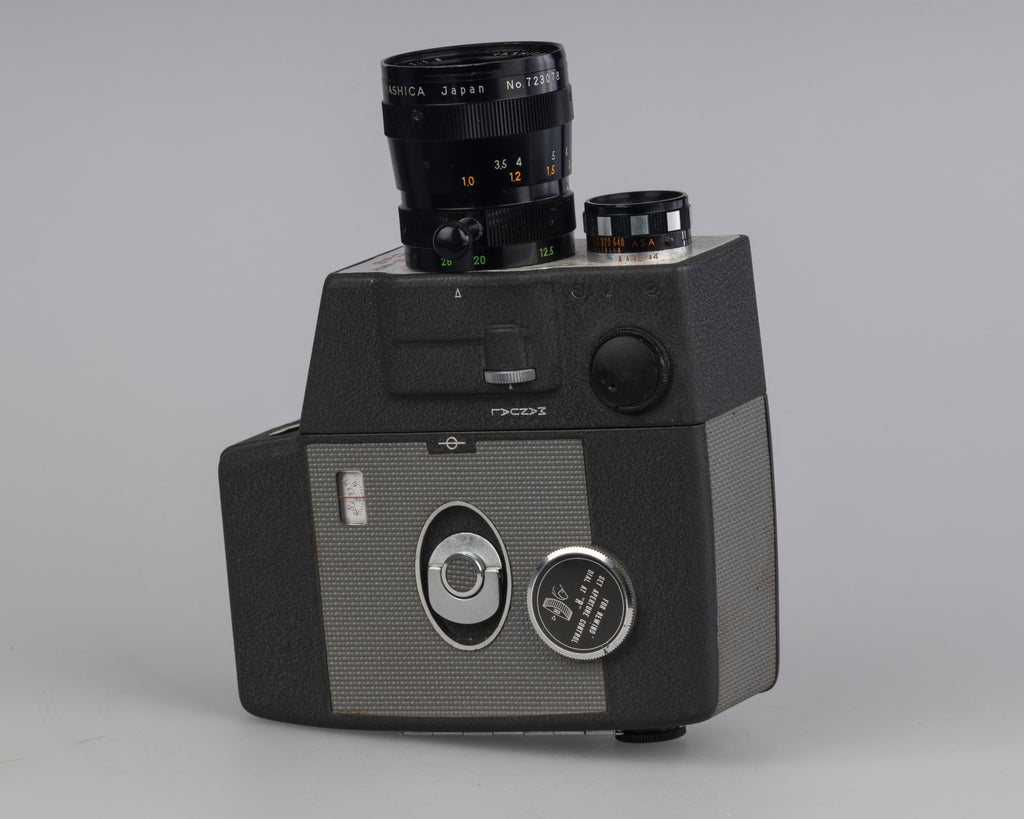

The Yashica A is a decidedly unremarkable camera, and the least expensive of four alphabetical models (A, B, C, and D) launched in the 1950s. In short, the Rolleiflex 2.8F is everything a TLR camera could – and should – be, although this is reflected in the price.

It’s worth noting that although the performance is considered equal (that is, outstanding), a 2.8F with a Schneider lens is usually less expensive than a Zeiss-equipped version.Īside from its bitingly sharp lens, the vast majority of 2.8F cameras are fitted with a coupled, built-in lightmeter and all feature a depth-of-field indicator, filter compensation, multiple exposure facility, film detection that aligns the first frame automatically, and built-in parallax correction that ensures that what you see is what you get. Post-1966, 220 rollfilm could be used in addition to 120, and from 1973 a Schneider Xenotar lens of similar specification was fitted to most models. The 2.8F was announced in 1960 and came with the now legendary 80mm f/2.8 Zeiss Planar lens. The Rolleiflex 2.8F is widely regarded as the ‘Rolls-Royce’ of TLRs, with a build, finish and image quality that is hard to beat, let alone match (except, perhaps, with a Rolleiflex 3.5F). In recent years the original Russian cameras have suffered from the ‘halo effect’ of Lomography’s near-£300 Lubitel 166+, so while there are still £10 bargains to be had, they are fewer of them. That said, it’s the lo-fi aspect that most are looking for when they choose a Lubitel, and the 166B is often happy to oblige: the red viewing window and plastic construction can result in light leaks multiple exposures (both accidental and deliberate) are easy to achieve and both focus and exposure can fall-off at the edges of the frame. There’s a PC sync socket for flash, a 40.5mm filter thread, and although Lubitels are often associated with ‘toy cameras’, the 75mm triplet lens can produce a reasonable result. However, what you get for your money isn’t all bad. In essence, it’s a simplified version of the company’s original 166, which was designed to be cheaper to manufacture and buy. Lomo’s Lubitel 166B is an often-maligned plastic TLR that emerged from the Soviet Union in 1980.


 0 kommentar(er)
0 kommentar(er)
